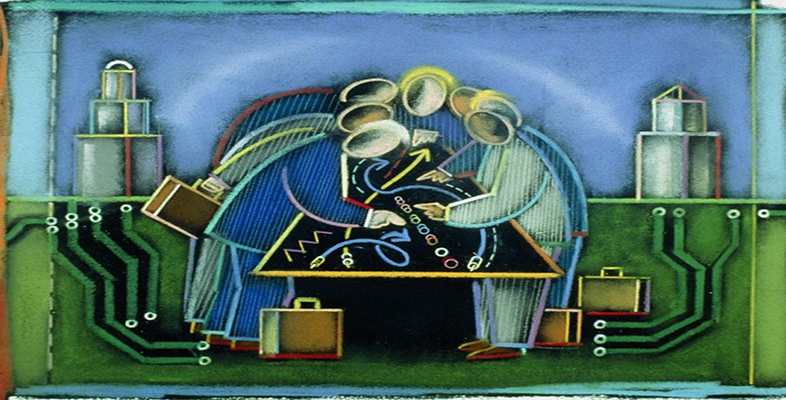7.1 The human dimension
Dobni’s points also reinforce the importance of organisational learning that has already been noted on more than one occasion in this course. Furthermore, the point about knowledge dissemination propelling innovation is clearly pertinent to any type of organisation. And given the integral relationship between any organisation’s employees and knowledge it is (or ought to be) not only knowledge assets and their creation that are recognised as of strategic importance to all organisations - people should be, too. Unfortunately, the human dimension of knowledge assets is often overlooked or undervalued (as it is in the case of most capabilities), both by scholars of the RBV and the management of organisations. This is both short-sighted and dangerous, of course, given that within any organisation it is its employees who are the primary repository for and source of knowledge.
Leaving this potentially thorny issue to one side, however, an obvious question arises concerning how we treat intellectual assets such as those that underpin a capability. The answer is not in the same way as other assets because there are differences between intellectual assets and the other categories of asset found in an organisation. This means we need to find new ways of thinking about their management. In some cases, for example, knowledge may need to be kept secret, as in the case of the source code of software/apps. In other situations, allowing knowledge underpinning a capability to diffuse to suppliers or customers may result not only in payment for the knowledge but other benefits, such as refinement of, or addition to, the original knowledge asset. But how can knowledge assets be managed so as to gain most value from them? To answer this question it helps to understand the forms that knowledge takes in an organisation.
